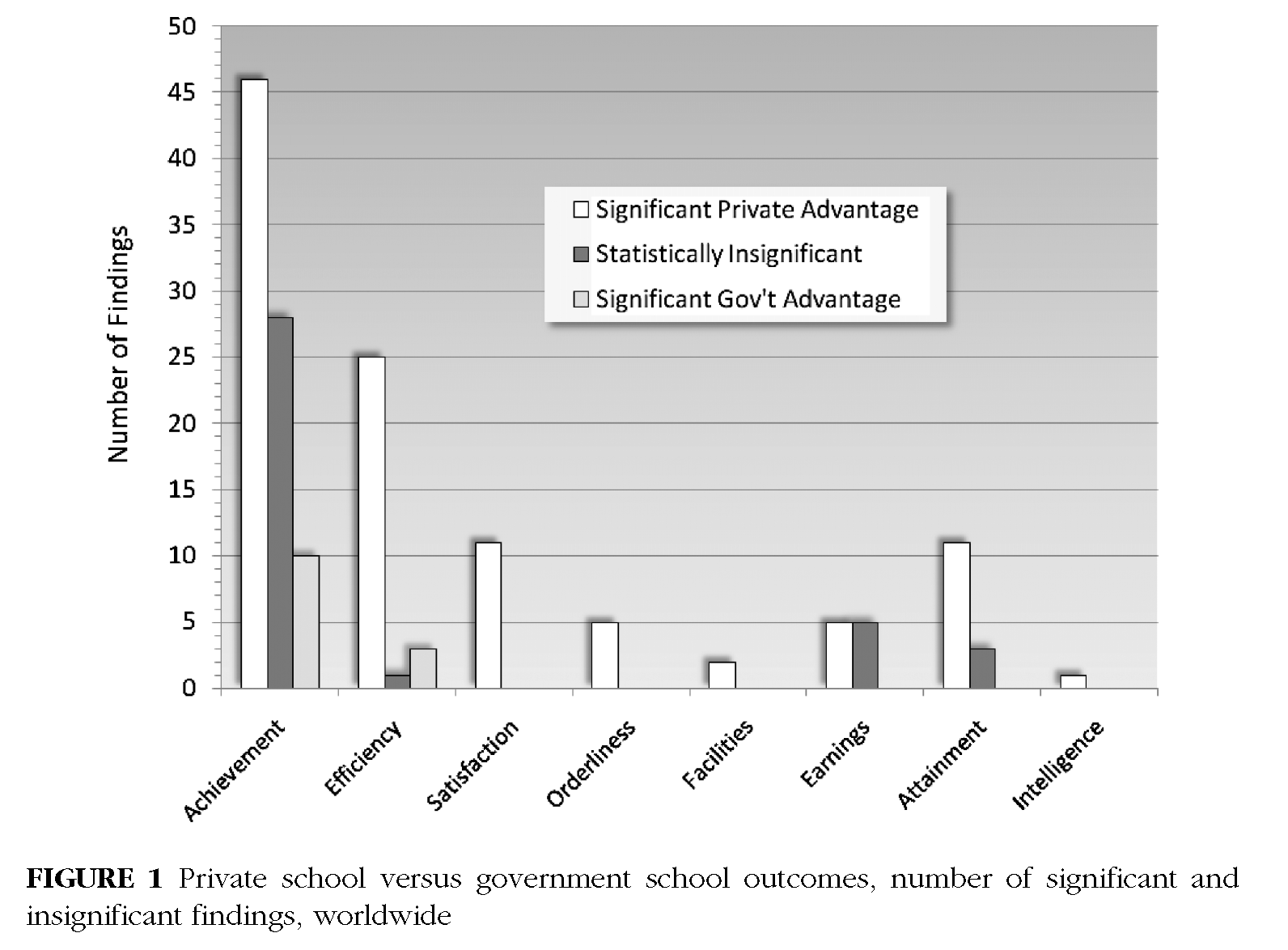
I will be honest before I start this blog and admit that I am not an expert in markets. However, I was intrigued when I read the article, Time To End The Monopoly In Education. According to author James Coulson, even though the stimulus is well intentioned, it is counterproductive. Here are some of the reasons he cites:
* The returns from the ballooning spending in education have been less than nothing.
* Student achievement has been flat for the last 40 years (according to a DOE study).
* In literature on education, 59 studies show that the least regulated and the most market-like education systems show efficiency and outperform the monopoly school systems. In comparison, not a single study finds the monopoly schools to be a more efficient system.
Coulson’s point about the shortcomings of the well-intentioned stimulus is further shown to hold up because since the 1970s student achievement has been flat. Does putting more money into the system improve student learning? To prove his point, Coulson compares Washington D.C. spending on public schools to spending on voucher systems. This comparison was to indicate the effects of the spending on these two diverse systems. The voucher program costs a quarter of the price of the pubic supported schools while far out performing them. For example, within three years the students who benefit from the vouchers show reading levels that are two grades ahead, a high percent of them finish high school, and the majority go on to four-year colleges or universities. Despite these statistics, President Obama has decided to phase out the voucher program, Coulson points out.
We could argue that there are other issues that are affecting these systems. Could it be the freedom that private schools offer the teachers, versus the constrained atmosphere that public system subjects its teachers to?
“Far from being an engine of wealth creation, the education system is bleeding the economy to death.“
To further prove his point, Coulson reviewed global evidence in markets versus monopolies. The question he asks in this review paper is, “Would families and communities be better served by a free and competitive education market place than they are by our current system of state school monoplies?” To avoid the bias that school systems have different cultural and economic relevance in different countries, the study was focused on comparing public versus private schools internationally. Fifty-five studies covering more than twenty nations were reviewed. As shown by Figure 1, eight different criteria were used. Of these, academic achievement, as measured by student test scores and effieicieny per dollar spent per student showed a statistically valid difference for public versus private schools. The private school showed an advantage of 8 to 1, where as free-market outnumbered school-monlopoly by a ratio of more than 17 to 1. These findings span across very diverse cultures and economies.


